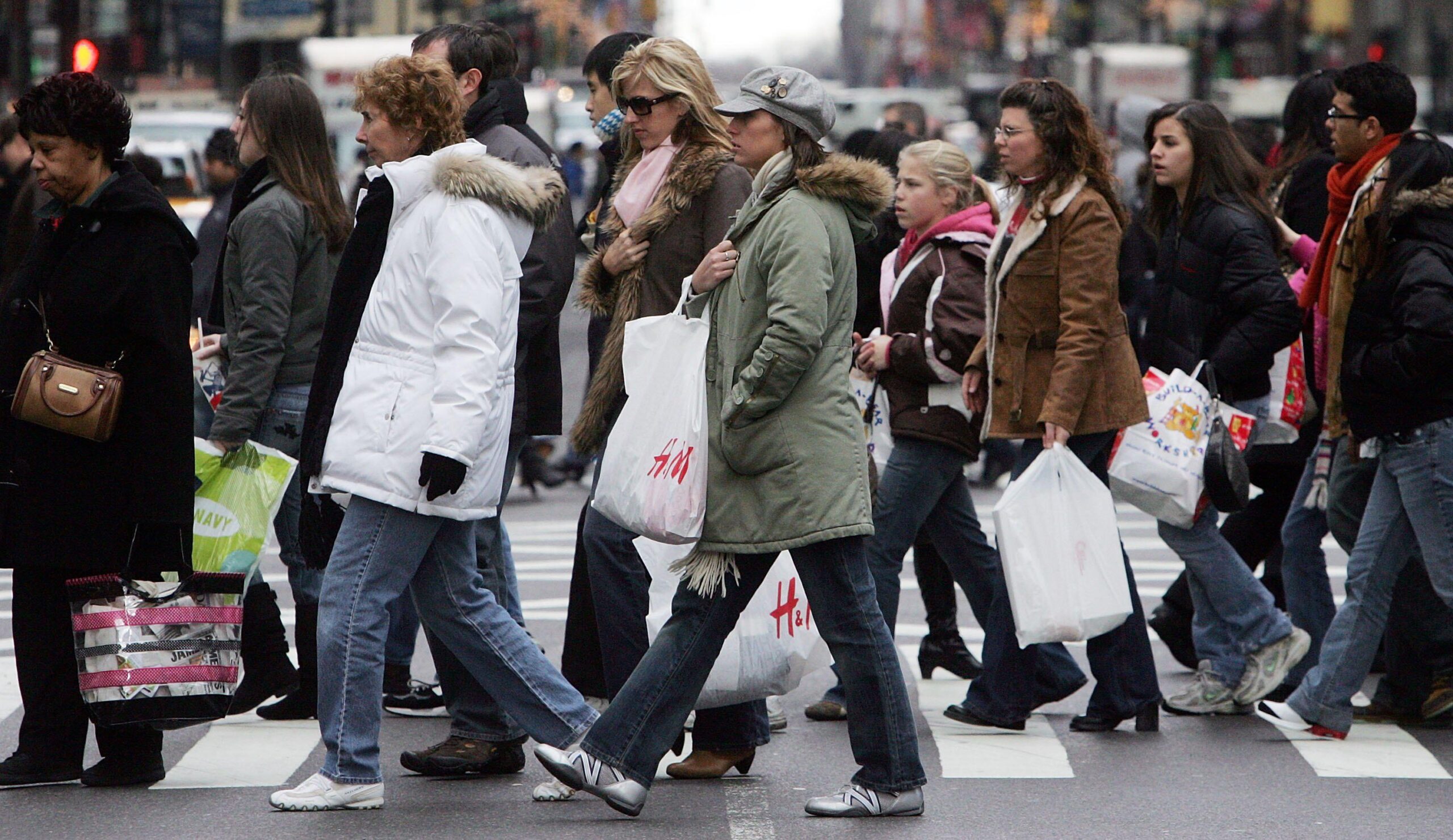
December sales were down 1.9% compared to November, but holiday sales for October, November and … [+]
The U.S. Census Bureau released the Advanced Monthly Sales Report showing a 1.9% decline in sales compared to November (seasonally adjusted). However, historical data reveal that December sales are often lower than November. Some categories for December were hit harder than others with a surprise uptick in home improvement of 0.9%. As Omicron swept through many U.S. markets in December, consumers continued to spend in the area of home improvement, a trend that many experts thought would reverse at the end of 2021. Retail sales minus automobiles and gasoline sales were down 2.5% from November.
Sales were down across most major categories
Department stores were down 7% coming off a decline in November of 5.5% from October. Apparel and accessories were down 3.1% coming off a positive trend of 1.2% in November (month-to-month comparison). Furniture and home was down 5.5% and electronics (a typically strong category for December) and appliances were down 3.9%. Black Friday sales for 2021 kicked off in October, shifting sales away from November and December. For the month of October, electronics and appliance sales were up 3.8% compared to September and had higher sales volume than November or December. Supply chain shortages may have impacted stock on hand. During the holiday season, consumers saw over 6 billion out-of-stock messages online, representing a 253% increase over the 2019 holiday season (prior to the pandemic) and a 10% increase compared to last year.
December sales down 1.9% compared to November, reversing the previous 2 month trend of positive … [+]
December cannot compete with November’s Black Friday and Cyber Monday
Non-store sales, which includes e-commerce, m-commerce, s-commerce, catalogs and other sales that take place outside a physical store, were down 8.7% compared to November. Typically, online sales begin to taper off as Christmas day gets closer and many companies have shipping cutoff dates for holiday delivery starting as early as mid-December. In 2019, there was a 9.5% drop between November and December online sales. December online sales were 13.2% of total retail sales compared to last year where December represented 13.9% of sales.
For the past two years, October online sales as a percent of total retail sales have surpassed … [+]
MORE FOR YOU
November has two of the largest shopping days, Black Friday and Cyber Monday, when much of the online shopping takes place. Over the past three years, December non-store sales were between 12-14% of total retail sales. The trend over the past two years of Black Friday sales starting in October has moved sales away from November and December. October non-store sales represent between 14-15% of total retail sales.
Restaurants and food services were nearly flat in December, down less than 1% and well above last year when most services were closed or operating at limited capacity. Omicron became more widespread in December as compared to November, but it did not impact people spending money in the food service industry.
Holiday Sales for 2021 are well above 2020 and many categories are stronger than 2019
For the holiday selling period from October through December, total retail sales were up 16.9% compared to 2020 and 21.4% higher than 2019 (pre-pandemic levels). The holiday season ended on a strong note for retail.
Holiday recap including October, November and December. Sales shows strong performance across … [+]







